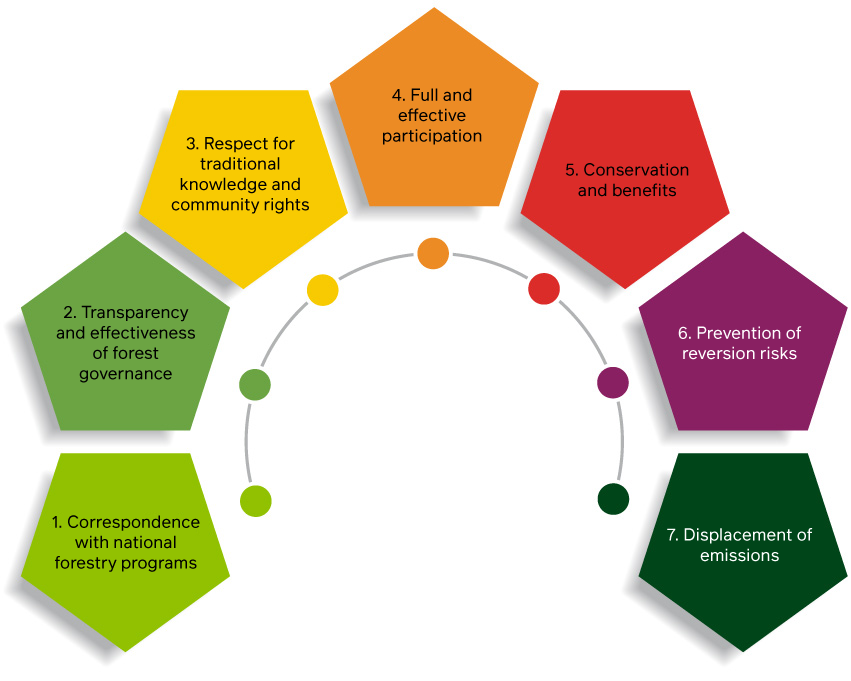
Rural communities and their contribution to climate change mitigation through REDD+ projects
REDD+ projects are climate change mitigation initiatives focused on reducing emissions from deforestation and forest degradation. These types of projects have a differential and a fundamental attraction, which is that they are based on rural communities as owners of the natural forest and the activities they carry out to protect and conserve it.
The CMNUCC (United Nations Framework Convention on Climate Change) has determined that in addition to reducing emissions from deforestation and degradation, other activities should be carried out, such as: increasing, improving and conserving carbon stocks through sustainable forest management (MFS), natural resource management, governance and community autonomy.
The monetary and non-monetary benefits received from the commercialization of avoided (GEI) emissions are mostly for the communities, constituting a recognition of the environmental work carried out on their territory and the ownership they have over it; sometimes technical and management support is required for the structuring of the carbon project, which are remunerated by decision of the communities, to external actors with knowledge in the development of this type of activities.
(GEI) emissions avoided by deforestation and forest degradation are certified and traded in the carbon market, generating economic benefits that are integrated to the communities to make investments related to sustainability, previously approved by them, taking into account the needs and requirements at the territorial level, being fundamental the improvement of the environment, restoration, conservation, sustainable productive improvement, equity and social inclusion.

REDD+ projects are climate change mitigation initiatives focused on reducing emissions from deforestation and forest degradation. These types of projects have a differential and a fundamental attraction, which is that they are based on rural communities as owners of the natural forest and the activities they carry out to protect and conserve it.


On the other hand, it is important to highlight the rate of carbon sequestration in REDD+ projects, which is determined by the dynamics of deforestation, the factors that generate it, and the response capacity and resilience generated by the communities with which it is related. According to the National Reference Level (NREF), natural forests can have a carbon stock that oscillates between 196 and 557 tCO2e per hectare in one year, which could be emitted if deforestation occurs in a specific biome or natural region. The recognition given to the communities for their work corresponds to the guarantee of conserving the emissions that could be generated if these forests are felled.
In CO2CERO, we have generated two (2) REDD+ initiatives called: Peliwaisi REDD+ Unuma Vichada, in association with Amazon Carbon SAS in the Colombian Orinoquia and REDD+ PAZcífico, with the support of Agroimpulso in the Colombian Pacific, achieving more than 5 million avoided (GEI) emissions.
In our work with the communities, we have developed capacity building processes, through awareness raising, environmental education and knowledge transfer, to the different roles within the communities involved; this in order to allow them to dimension the positive effects generated by their actions, the value of the territories they own, the cultural and biodiversity richness, caused by the protection they guarantee to the natural ecosystems, cataloging them as the guardians of the forest and recognizing them as the only ones with the capacity to guarantee the permanence of these ecosystems in the future.








